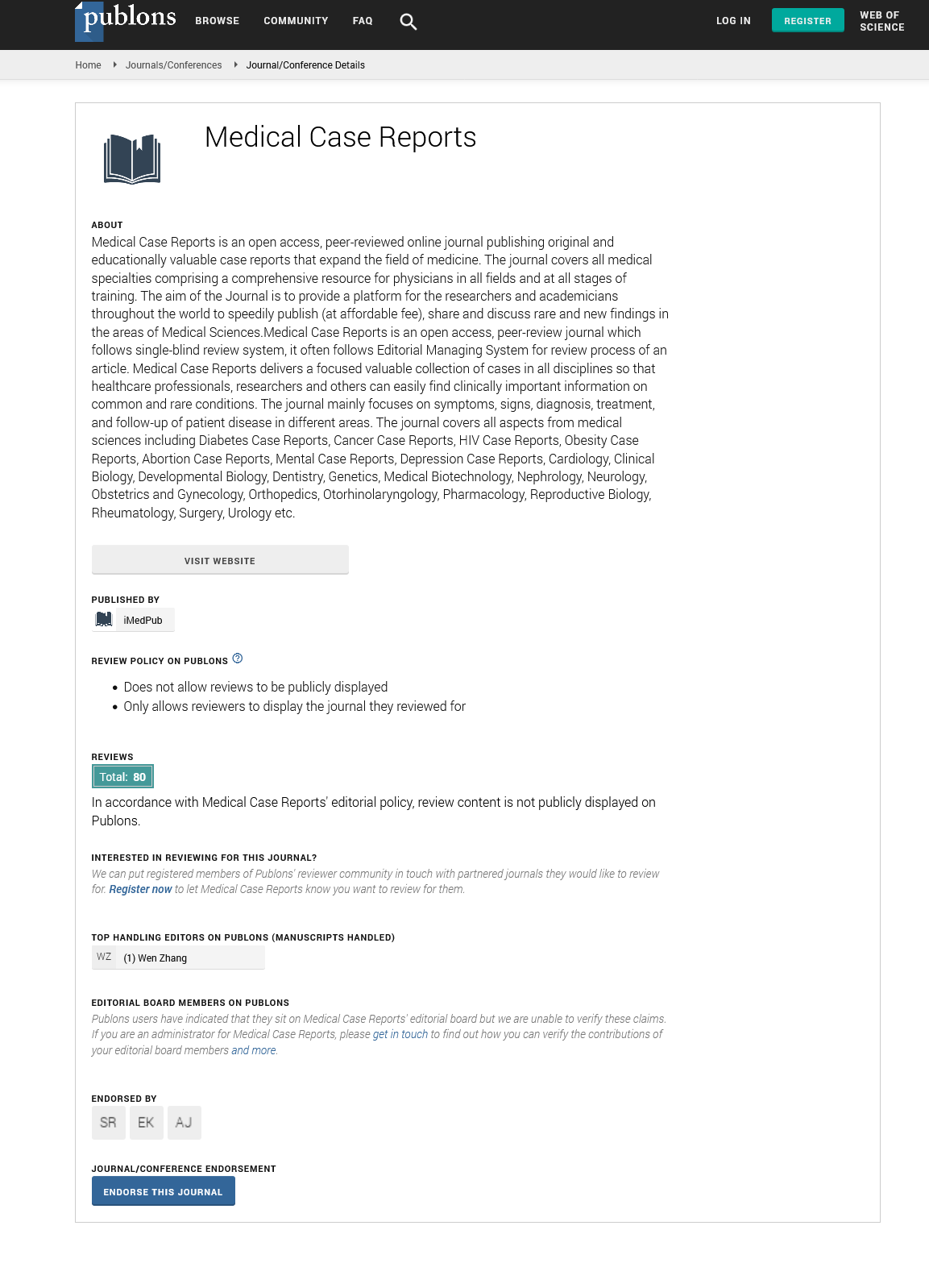ISSN : 2471-8041
Medical Case Reports
The role of yoga in removing stress
International Conference on Physicians, Surgeons and Case Reports
November 19-20, 2018 Paris, France
Aditya Narayan Tripathi
Sant Tulsidas P.G College, India
ScientificTracks Abstracts: Med Case Rep
DOI: 10.21767/2471-8041-C2-005
Abstract
Background: Yoga is said to have originated in India during golden age, nearly 26000 years ago. It is integral subjective science. According to lord Krishna “yogah karmasu kaushalam”, that is to say skill full work is yoga. Patanjali has told in yogasutra “yogah Chitta vritti Nirodhah” that is to say with stand mind towards world. Human being are made of three components body,mind and soul. Corresponding these there are three needs health knowledge and inner peace. Today we are living in the age of explorations and explosion of knowledge. Due to ever increasing ambitions, desires, and competitions, restiveness and tensions have also increased by leaps and bounds. The modern world which is said to be world of achievements is also a world of stress (Kaul 1989).
Concept of stress: Warr and Wall (1975) defined stress in term of an individual's experience of tension , anxiety fear discomfort and associated psychological disorders resulting from aspects of work situation which depart from optimum (either too little or too much work). Jarry and Jary (1995) told that stress is a state of tension produced by pressure or conflicting demands with which the person cannot cope adequately.
Steps of yoga: according to Vedant yoga means supreme realization. Yoga is the reunion of the living self with the supreme self. Yoga dose not believe in the temporary cure of the patient because “the old troubles often reappear in different forms”. It therefore prescribes eradication of mental conflicts unpleasant urses and tendencies through yogic methods. It claims complete cure of neurotics and psychotics by yogic exercise.
Patanjali has told eight steps of yoga:
(1) Yama refers to abstain from violence
(2) Niyama : is the second step refers to observance of purity
(3) Asana are physical posture
(4) Pranayama refers to control to inhale and exhale.
(5) Pratyahar withdrawl of the mind (senses) from objects.
(6) Dharana refer to concentration.
(7) Dhyana uninterrupted focuses of the mind on one point.
(8) Samadhi deep meditation is final stage.
Result: It was found that those who have done yoga they have succeeded to remove their stress.
Biography
Aditya Narayan Tripathi is an Associate Professor in education department at Sant Tulsidas PG College Kadipur Sultanpur which is affiliated to Avadh University, Faizabad, UP India. Many research papers are published and attended many international and national conferences in USA, Canada, United Kingdom, Italy, Thiland, Nepal and in India too. He is an Editor in Oceanography and petrochemical sciences in USA; an Associate Editor in Global Journal of Intellectual and Developmental Disabilities in USA. He is Convener of Education Department in Avadh University Faizabad and also Member of Indian Academy of Health Psychology. He is an Editor of daily and weekly newspaper, Aditya Times and Founder of Degree College, Secondary School, Primary & junior High school as Karmyogi Ram Surat Tripathi Mahavidyalya, Maharshi Dayanand Inter college, Swami Vivekananda Convent Junior High school & Swami Vivekananda Convent primary school, etc. He is an Ex-Senior Vice President of Teachers Association of Avadh University Faizabad and Secretary of Press club, Ambedkar Nagar, UP, India.
E-mail: adityatimes02@gmail.com
Google Scholar citation report
Citations : 241
Medical Case Reports received 241 citations as per Google Scholar report
Medical Case Reports peer review process verified at publons
Abstracted/Indexed in
- Google Scholar
- China National Knowledge Infrastructure (CNKI)
- Cosmos IF
- Directory of Research Journal Indexing (DRJI)
- WorldCat
- Publons
- Secret Search Engine Labs
- Euro Pub
Open Access Journals
- Aquaculture & Veterinary Science
- Chemistry & Chemical Sciences
- Clinical Sciences
- Engineering
- General Science
- Genetics & Molecular Biology
- Health Care & Nursing
- Immunology & Microbiology
- Materials Science
- Mathematics & Physics
- Medical Sciences
- Neurology & Psychiatry
- Oncology & Cancer Science
- Pharmaceutical Sciences
